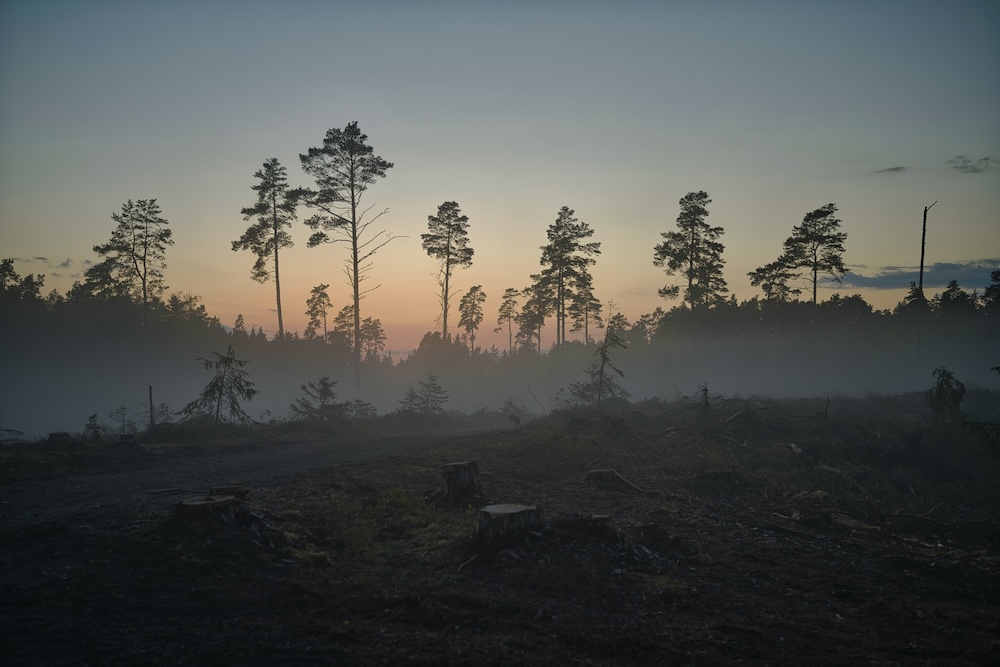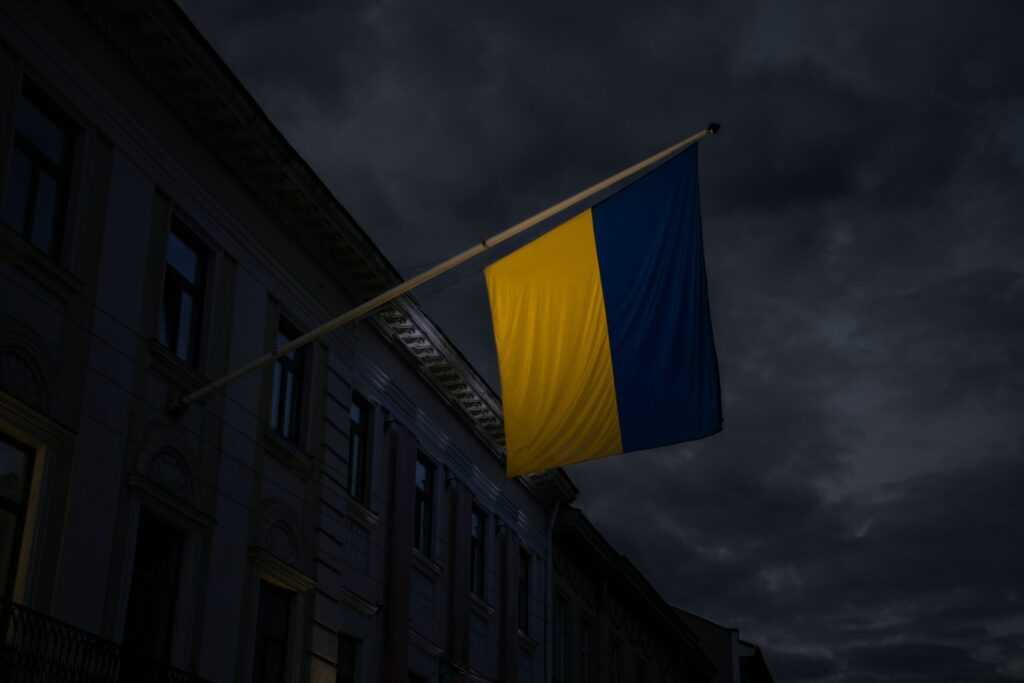Dylan Moore joins the crowd welcoming home Wales’ footballing heroes and considers what such a massive gathering means for modern Welsh identity
In the winter of 1925, 100,000 people lined the streets of Cardiff to witness the cortege of the 44-year-old former featherweight British boxing champion ‘Peerless’ Jim Driscoll winding its way toward Cathays Cemetery. Two years later, Cardiff City Football Club won the FA Cup, taking the trophy out of England for the first and still the only time. Crowds of 150,000 turned out for the open top bus tour to welcome their heroes home. Despite slipping out of living memory, both events have entered the collective imagination of the city.
In an age when dress codes betrayed one’s social status, both events saw bowler hats mingle with flat caps and all classes of men clamber up the gaslamps for a better view. As such, they capture a snapshot of a city, united in grief and in celebration, and proof that Cardiff has always been a place where sport is both a social leveller and a barometer of collective mood. This summer’s European football championship began before the referendum on Britain’s membership of the EU, and the ensuing political turmoil that has threatened to tear apart at least one union of nations; it is easy to remark that Wales’ successful campaign, with its attendant feelgood factor and hashtag of #togetherstronger, has taken the bite out of Brexit. But as well as being a panacea for political ills, that which brings us out on the streets perhaps also shows us what we really care about, where our hearts are.
Such public mass events capture a mood and a moment. Crowds – as opposed to atomised masses – are gatherings based on shared emotion. You can physically be there, or – in the age of mass media – participate from where you are. The assassination of President Kennedy is often cited as the first global moment where ‘you remembered where you were’; many have followed, the power of television heightening the sense of proximity viewers feel to far-flung events: war in Vietnam; revolution in Iran; the fall of the Berlin Wall; repression in Tiananmen Square; the release from prison of Nelson Mandela; the September 11 attacks on the World Trade Centre. Sociologists, psychologists and cultural critics had a field day in the wake of the death of Diana, Princess of Wales in 1997. Pivotal moments in world history become memorably charged because they play out in our living rooms. We feel closer to events, more involved, than the generations who have preceded us, receiving their news from the wireless, the newspaper, the town crier and word-of-mouth. We watch history unfold in front of our eyes.
But, of course, we don’t. We were no more there in Saigon or Tehran, Berlin or Beijing, Cape Town or New York than we are today via Twitter in Fallujah or Benghazi, Brussels or Dallas – or Cardiff Bay. Social media, of course, works both ways; we are creators, as well as consumers, of content. We can add comments to blogs and online news articles. We can feel involved, but we are not – physically – there.
And so we continue to crave moments like this. When Aaron Ramsey, the golden-haired golden boy from Caerphilly and quite possibly player of the tournament, appeared on one of the turrets of Cardiff Castle, in a perfect juxtaposition of Wales past and present, he was taking pictures and tweeting about us even as we were taking pictures and tweeting about him. Later in the afternoon, Wales’ manager Chris Coleman summed up the special relationship that has developed between this golden generation of Welsh footballers and the fans by pointing at the stands and saying: ‘They deserve them – and they deserve them’. It encapsulates the narrative that has developed in the course of this ‘special summer’: this is a special team backed by special supporters. Feelings of mutuality contained in #togetherstonger have been actualised; out of the internet and into the real world.
As we look back at the photographs and footage of Jim Driscoll’s funeral, we glimpse something of another world; almost a century has elapsed and the world has changed almost beyond recognition, but there is something beyond the buildings, the modes of transport, the clothes, the manners, the attitudes, the faces. Everything and nothing has changed. Walking away from the castle, across the bridge over the Taff, past Ivor Novello’s blue plaque and out onto Wellington Street toward the Canton and Grangetown districts of the city that have long buttressed the Cardiff City Stadium and its predecessor at Ninian Park, I wonder how history will perceive this generation of Cardiffians.
If we imagine, erroneously, the world of the 1920s in black and white, monochrome photography bequeathing us an unrealistically drab view of the world as it was, it is hard not to see this year’s parade in glorious technicolour. Red shirts; green and white flags; yellow bucket hats; blue skies. A route to a football ground that was for decades associated with some of the worst hooliganism, idiotic intimidation, violence and vitriol in the whole of the UK was lined on Friday evening by people from all of Cardiff’s communities. A cross-section of ages, races and social backgrounds stood together, united by the flag and the achievements of the team but also by something stronger: a desire to be part of something bigger than ourselves, to bear witness in person not to extraordinary events, but to wave and be waved at by a busload of men in tracksuits, and to take photographs with our mobile phones.
The stadium event itself threatened to gorge itself on obvious, ‘iconic’ tropes of Welshness. ‘Delilah’ was rapturously received by a crowd that would, frankly, have sung along to anything by anybody with a Welsh grandmother. But Tom Jones’ anthem did jar a little, representing as it does the slightly outmoded 1970s version of Welshness celebrated at rugby internationals; leaving aside its murderous lyrics, it is incongruous in a football context given that it is also a terrace anthem at Stoke City. Other tunes played by the DJ from Capital FM hinted at the rich and varied musical tapestry that comprises the soundtrack to Welsh football history: ‘Kernkraft 400’ by the Bavarian techno outfit Zombie Nation and Franki Valli’s 1967 hit ‘Can’t Take My Eyes Off You’ are as unlikely as bedfellows as they are as football anthems, but between them they manage to conjure up the many failures and sporadic successes of the Welsh football team.
Of the live performers, Kizzy Crawford perhaps best encapsulated something of the contemporary Wales to which the current crop of footballing superstars belong. A Welsh speaker with Bajan heritage, the soul-folk-jazz singer warmed the gathering crowd up gently with her own songs and a lovely medley comprising a wordless ‘Men of Harlech’, ‘Calon Lan’ and a playful version of the Euro 2016 fans’ favourite ‘Ain’t Nobody (Like Joe Ledley)’. Crawford is confident, fun-loving, talented – just like the team she welcomed home. At 19, she is also of their generation. Mike Peters, the 57-year-old former lead singer with The Alarm, would seem to represent the opposite end of the spectrum. But his acoustic rock version of ‘The Bells of Rhymney’ reverberated movingly around the stadium, ensuring a strange but entirely appropriate sense of melancholy underscored an occasion that flirted with but ultimately rejected triumphalism (appropriate because despite the hype this was a proud thank you rather than a winners’ parade – lest we forget that Wales lost their semi-final).
Manic Street Preachers were the final support act to the real headliners: the Welsh players. ‘We’re here for the same reason as all of you,’ said James Dean Bradfield, ‘to say thank you to our heroes.’ It seems that a big event in the life of the nation is not complete without the Manics bellowing out ‘A Design for Life’: Manic Millennium; The Passion of Port Talbot; even the opening of the Welsh Assembly is better remembered for the band’s refusal to play in front of the Queen than for the artists who accepted the invitation to the gala concert. And despite the forced lyrics to ‘Together Stronger (C’mon Wales)’, the band’s attempt to play Skinner, Baddiel and the Lightning Seeds to Wales’ England of Euro 96, when they sing ‘So come on Ramsey, let’s set the world alight / When Gareth Bale plays, we can beat any side’ it feels slightly less queasy because it actually happened. Chris Coleman invited us to dream, we did, and for one summer only the dream came true.
So as the players took their final lap of honour in the Cardiff sunshine, and the mutual appreciation reached fever pitch, somehow the First Minister waiting on the tarmac at Cardiff Airport, a guided walk around Cardiff Castle and an open top bus tour of the city centre, a circling helicopter and 200,000 people lining the streets did not seem like an ‘over the top’ homecoming for beaten semi-finalists. For most people, this was not about winning or losing, it was truly about taking part. And as we thronged the streets our smiles spoke volumes about who we are and what we value as a nation. Future historians may yet judge us badly for what could turn out to be skewed priorities – cheering footballers while the political world imploded – but we’ll always have the memories, and besides, there are far worse ways of asserting your nationhood than dreaming dreams, acting in a spirit of togetherness, and, of course, singing songs. Do take me home.





